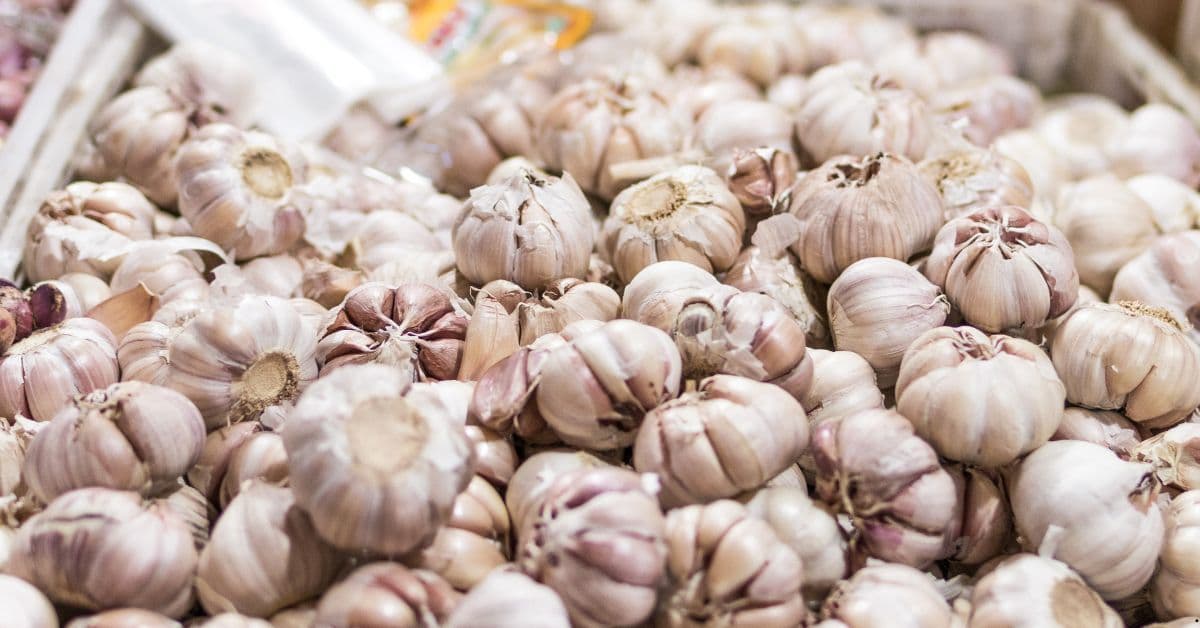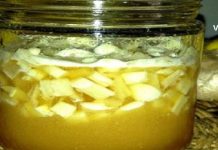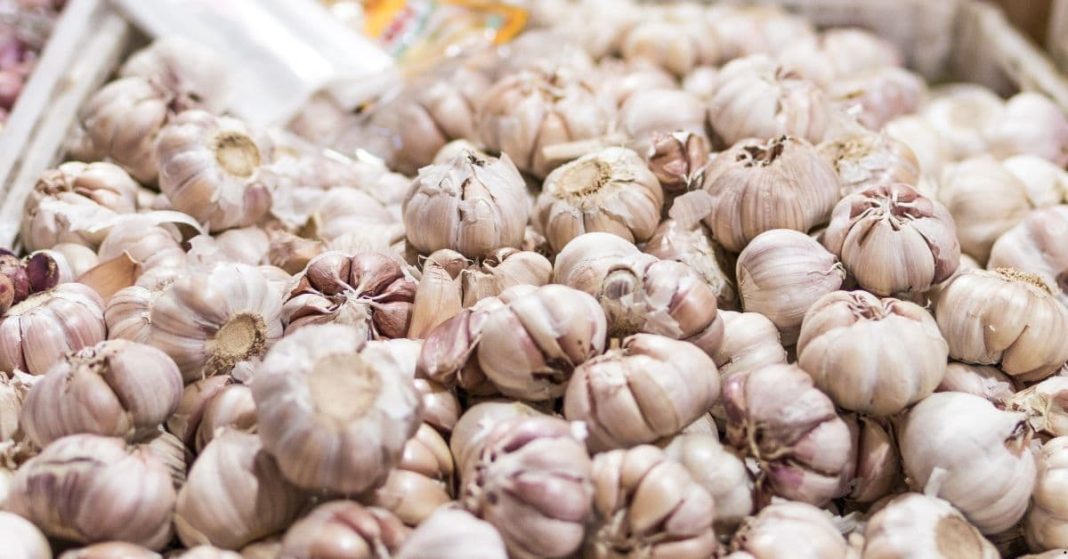Garlic (Allium sativum) is one of the oldest medicinal plants known to humanity. Revered across continents for both culinary and healing purposes, garlic has played a vital role in folk medicine for thousands of years. Long before the discovery of antibiotics and blood pressure medications, traditional healers used garlic to combat infections, purify the blood, and strengthen the heart. Its reputation as a natural remedy persists today, with scientific research confirming many of its time-honored benefits. This article explores garlic’s historical role in folk healing, its uses as a natural antibiotic, and its effectiveness in supporting heart health and managing blood pressure.
Historical Roots of Garlic in Traditional Healing
Garlic’s medicinal use dates back to ancient Egypt, where it was prescribed to laborers and soldiers to boost strength and immunity. In Greek medicine, Hippocrates recommended garlic for respiratory problems and wound healing. Traditional Chinese and Ayurvedic medicine also incorporated garlic into treatments for digestive issues, infections, and energy imbalance.
In Eastern European, Middle Eastern, and Caucasian folk practices, garlic has long been regarded as a powerful protector — not only against disease, but also against evil spirits. In rural Georgian households, for example, garlic was consumed raw or infused in oil as a tonic for winter ailments and general health.

Garlic as a Natural Antibiotic in Folk Medicine
1. Fighting Infections
Garlic’s role as a natural antibiotic is rooted in its content of allicin, a sulfur compound released when raw garlic is crushed or chopped. In folk medicine, garlic was used to treat:
- Chest infections
- Intestinal worms
- Toothaches and gum infections
- Wounds and skin abscesses
Traditional methods included placing garlic directly on infected skin or consuming raw garlic to treat internal infections. In some cultures, crushed garlic was added to honey or vinegar to enhance its healing properties.
Folk Remedy Example:
- Crush 1–2 cloves of garlic and let it sit for 10 minutes to activate allicin
- Mix with raw honey and consume once or twice a day during flu season or in the presence of a mild infection
Modern Evidence:
Studies show that garlic extracts can inhibit bacteria such as Staphylococcus aureus, Escherichia coli, and even drug-resistant strains like MRSA. Though not a replacement for antibiotics in serious infections, garlic provides natural antibacterial support, especially for common colds, sore throats, and mild bacterial concerns.
Garlic for Blood Pressure and Heart Health
1. Regulating Blood Pressure
In folk traditions, garlic was believed to “clean the blood” and improve circulation. In regions such as the Caucasus, Balkans, and India, older generations consumed garlic daily, often with milk or yogurt, to reduce tension and support heart function.
Traditional Use:
- Garlic-infused milk: Boil a glass of milk with 2 crushed garlic cloves, let it cool slightly, and drink before bedtime
- Garlic with lemon and water: A cleansing drink made over several days to support heart health
Modern Scientific Support:
Clinical trials confirm that garlic can significantly reduce systolic and diastolic blood pressure, particularly in people with uncontrolled hypertension. Garlic supplements containing standardized allicin doses have been shown to be as effective as some first-line blood pressure medications — without the side effects.
Mechanisms Include:
- Relaxation of blood vessels (vasodilation)
- Reduction of oxidative stress
- Mild diuretic effect
- Improvement in cholesterol levels
Additional Folk Benefits of Garlic
1. Immune System Strengthener
Garlic was traditionally used as a daily tonic to prevent seasonal illnesses. In many homes, garlic cloves were eaten raw with bread or added generously to soups and stews during the winter.
2. Anti-Parasitic Agent
In both Middle Eastern and Eastern European folk medicine, garlic was used to cleanse the digestive system of parasites. Children were sometimes given warm garlic water on an empty stomach for this purpose.
3. Detoxification
Garlic was considered a “cleansing” food. It was often part of seasonal detoxes or religious fasting periods in Orthodox Christian and Buddhist traditions, where it helped cleanse the body and mind.
4. Longevity and Vitality
In mountainous regions of Georgia and Bulgaria, where some of the world’s longest-living populations reside, garlic consumption was and still is a daily habit, associated with strength and endurance.
How to Use Garlic Effectively
For Antibacterial Support
- Crush or finely chop garlic, let sit 10–15 minutes before eating
- Consume raw with food or mixed with honey
- Use consistently for 5–7 days during illness
For Blood Pressure
- Consume 1–2 raw cloves daily or take standardized garlic capsules (600–1,200 mg/day)
- Use aged garlic extract for less odor and proven cardiovascular benefits
- Maintain use for at least 2–3 months to observe long-term effects
Safety and Precautions
While garlic is generally safe for most people, consider the following:
- Raw garlic can irritate the stomach: Avoid on an empty stomach if sensitive
- Excessive amounts may thin the blood: Use with caution if taking anticoagulant medication
- May cause body odor or garlic breath: Choose aged garlic extract if this is a concern
- Allergic reactions are rare but possible, especially with raw garlic
Always consult a healthcare professional if you are on medication, pregnant, or have chronic health conditions.
Garlic’s power as a natural antibiotic and heart remedy has stood the test of time. From ancient civilizations to modern scientific studies, the evidence supports what folk healers knew for centuries: garlic strengthens the immune system, purifies the blood, and helps regulate blood pressure naturally. Its simplicity, affordability, and effectiveness make garlic a staple of both traditional healing and contemporary wellness. Whether used as part of a daily routine or during illness, garlic remains a trusted ally in the pursuit of natural health.


















